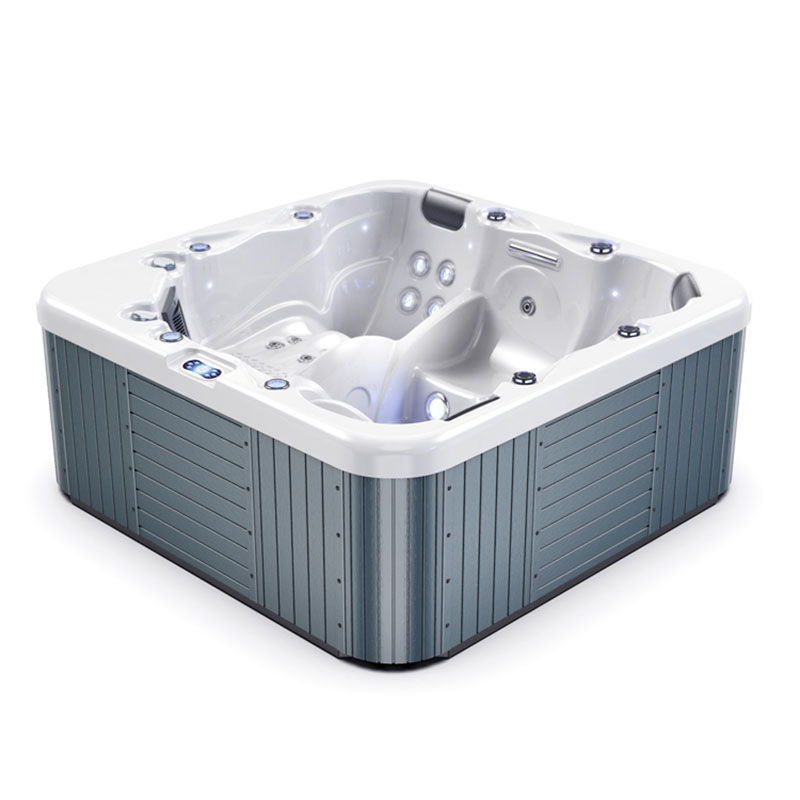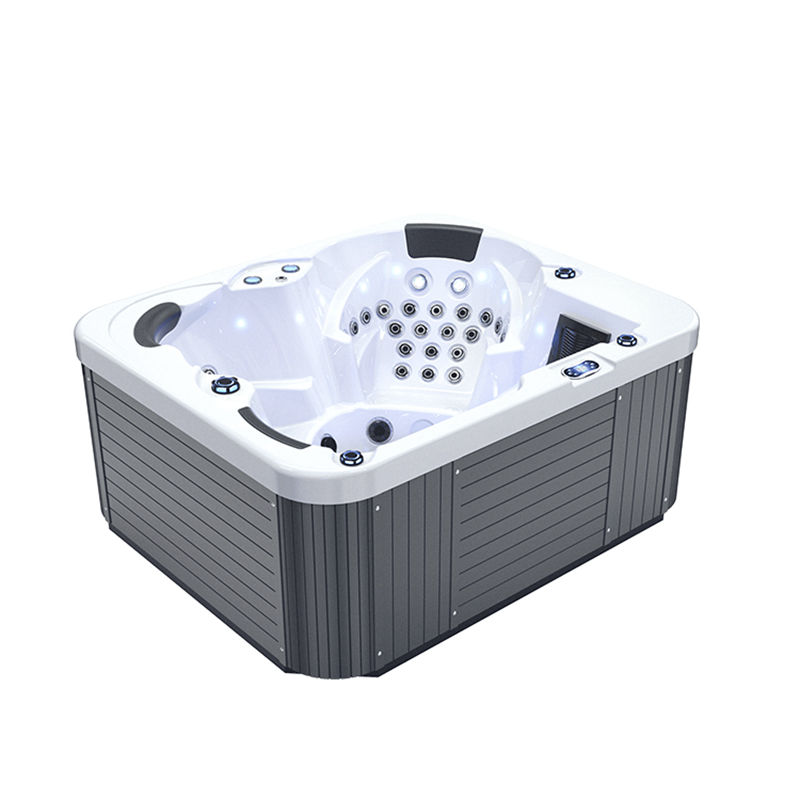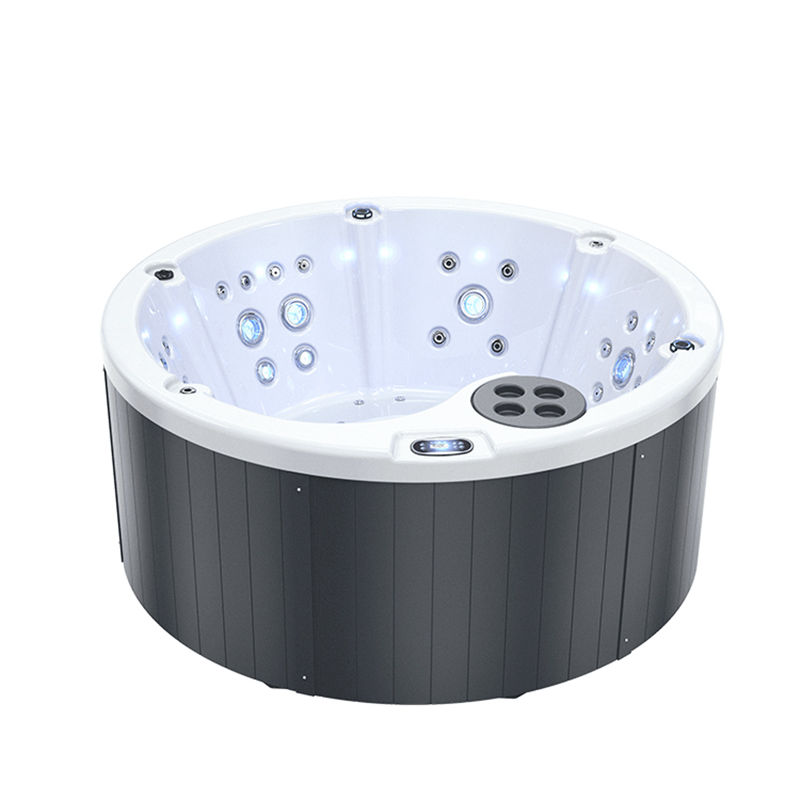Spa hot tub lung is a rare but serious lung disease associated with spa hot bathtub use. The medical term for it is "allergic alveolitis" or "lung disease caused by atypical mycobacteria." The pathogenesis of this disease is complex and is mainly due to the presence of certain bacteria or fungi, especially nontuberculous mycobacteria, in the aerosols (tiny droplets suspended in the air) formed in spa hot tubs.
These microorganisms enter the human body through the respiratory tract and trigger a series of immune responses, leading to an inflammatory response in the lungs.
This article will detail the causes, symptoms, and risk factors of spa hot tub lung and explore how to effectively prevent the occurrence of this disease to ensure that spa hot tub users can use this facility safely and avoid potential health risks.
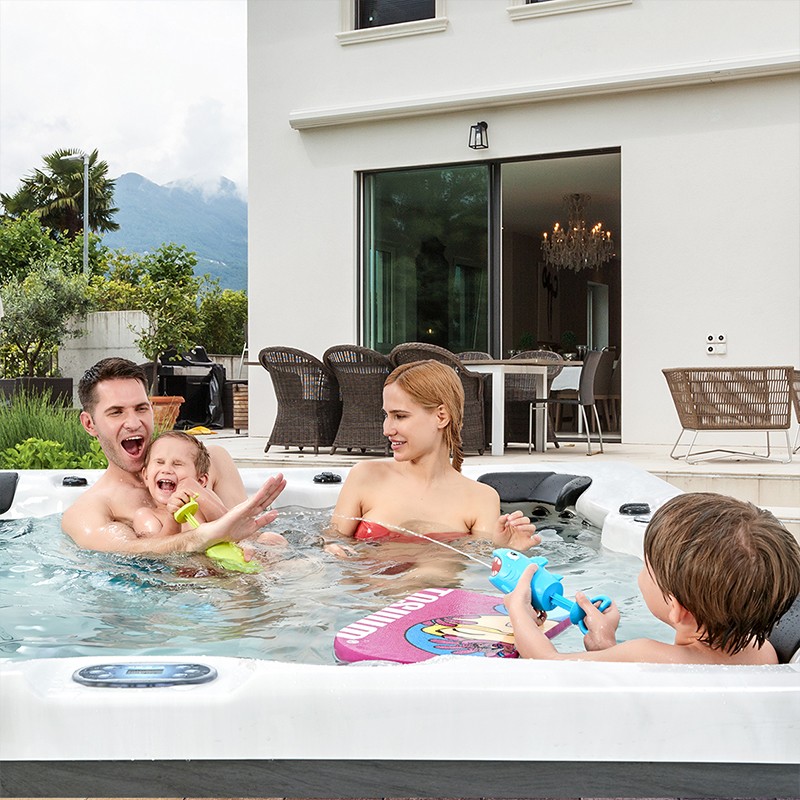
What is the cause of spa hot tub lung?
The main causative agent of spa hot bathtub lung is nontuberculous mycobacteria (NTM), a bacterium that is widely present in the natural environment. This bacterium thrives easily in hot and humid environments, and spa hot bathtubs provide an ideal breeding ground. The bacteria in the water are stirred and formed into aerosols through the bathtub's jet system. These aerosols are suspended in the air and people inhale these aerosols containing pathogenic microorganisms into their lungs when they breathe.
It is worth noting that the water temperature in the spa hot bathtub is usually between 35°C and 40°C, which provides favorable conditions for the growth of NTM. Although NTM does not directly cause infection in healthy people, when the immune system is stimulated or people are exposed to aerosols containing NTM for a long time, it may cause hypersensitivity pneumonitis or spa hot tub lung.
What is atypical mycobacteria?
NTM is a type of bacteria commonly found in the environment, usually in soil and water. It is different from Mycobacterium tuberculosis, which causes tuberculosis, and is a non-tuberculous mycobacterium. After NTM enters the human body through the respiratory tract, it triggers an immune response in the lungs, which in turn causes inflammation.
In the spa hot tub, due to the warm and humid environment, NTM can easily grow in pipes and jets and spread into the air in the form of aerosols. When these aerosols containing NTM are repeatedly inhaled by the human body, allergic alveolitis may result.
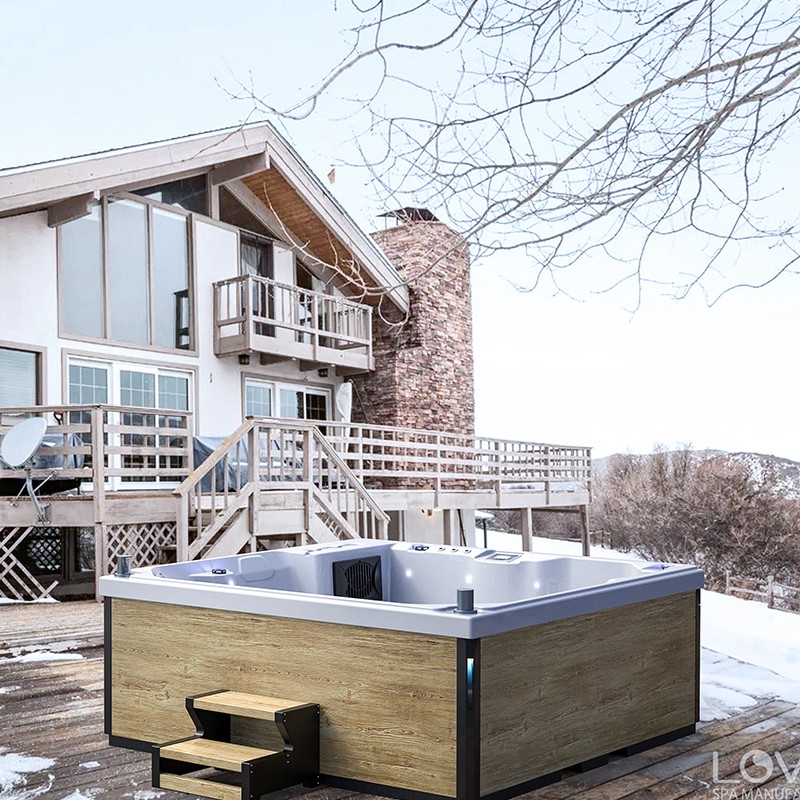
What are the symptoms of spa hot tub lung?
The symptoms of spa hot bathtub lung are similar to those of other respiratory diseases (such as asthma or bronchitis), so they are easily confused when it comes to diagnosis. Patients usually present with non-specific symptoms such as chronic cough, shortness of breath, fatigue and fever. The following are common symptoms of spa hot tub lung:
· Persistent cough: This cough is usually dry and may sometimes be accompanied by a small amount of sputum.
· Shortness of breath: Due to the inflammatory response of the lungs, patients may feel shortness of breath, especially after activities.
· Fatigue: Chronic lung infections can lead to a decrease in physical strength, and patients often feel low in energy.
· Fever: Some patients will have a low-grade fever, especially in the early stages of the disease.
· Chest pain: Due to inflammation, some patients will feel chest discomfort or pain.
These symptoms usually appear gradually after a period of continuous use of spa hot tubs. If not treated in time, the condition may worsen, leading to pulmonary fibrosis and affecting respiratory function. Therefore, if you experience similar symptoms after using a spa hot tub, you should seek medical attention and inform your doctor of your history of using a spa hot tub.
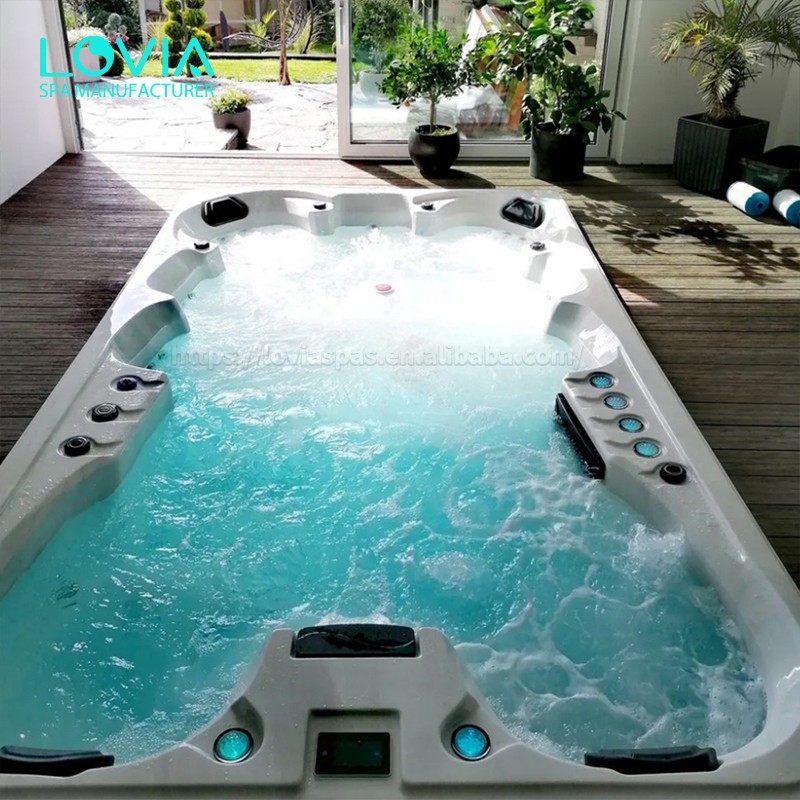
Who is susceptible to spa hot tub lung?
Although spa hot bathtub lung is a relatively rare disease, certain groups of people are at higher risk when using spa hot tubs. The following are high-risk groups for spa hot tub lung:
· People with weakened immune systems: This includes the elderly, people with chronic diseases, and people who are receiving immunosuppressive treatment, whose bodies are more susceptible to infection.
· People who use spa hot tubs for a long time: Frequent use of spa hot bathtubs, especially in poorly ventilated indoor environments, increases the risk of inhaling aerosols containing NTM.
· People with allergies: For people with allergies or a history of asthma, the incidence of spa hot bathtub lung is higher.
· People with lung diseases: People with asthma, chronic obstructive pulmonary disease (COPD), or other lung problems are more likely to have their condition aggravated by inhaling aerosols containing NTM.
How to avoid spa hot tub lung?
Although spa hot tub lung sounds scary, the risk of developing this disease can be significantly reduced by taking appropriate preventive measures. Here are some effective prevention strategies:
1. Maintain good water quality
Keeping the water quality of your spa hot bathtub clean is key to preventing spa hot bathtub lung. Regularly changing the water, cleaning the filter and injection system, and using the right chemicals to control the bacterial content in the water can effectively reduce the reproduction of NTM.
2. Disinfect the spa hot tub regularly
Using disinfectants such as chlorine or bromine can help kill bacteria in the water. Disinfecting the spa hot bathtub regularly and ensuring that the disinfectant concentration remains within the appropriate range can effectively prevent bacterial growth. It is recommended to thoroughly disinfect the spa hot bathtub once a week, especially if it is used frequently.
3. Ensure good ventilation
If the spa hot tub is located indoors, ensure that there is a good ventilation system to reduce the accumulation of aerosols. Poorly ventilated environments can lead to higher aerosol concentrations and increase the chance of users inhaling NTM. Therefore, it is important to install an exhaust system or open windows for ventilation when using it.
4. Control the water temperature
Keeping the water temperature of the spa hot tub within a reasonable range (usually recommended not to exceed 40°C) can reduce the reproduction of NTM. Excessively high water temperature not only increases the possibility of bacterial reproduction, but also speeds up the generation of aerosols. Therefore, when using a spa hot tub, try to avoid setting the water temperature too high.
5. Reduce the use time
Although soaking in a spa hot tub is a good way to relax, prolonged exposure to aerosols increases the risk of spa hot tub lung. It is recommended to control the time of each use of the spa hot tub to between 15 and 30 minutes, and avoid long-term use every day.
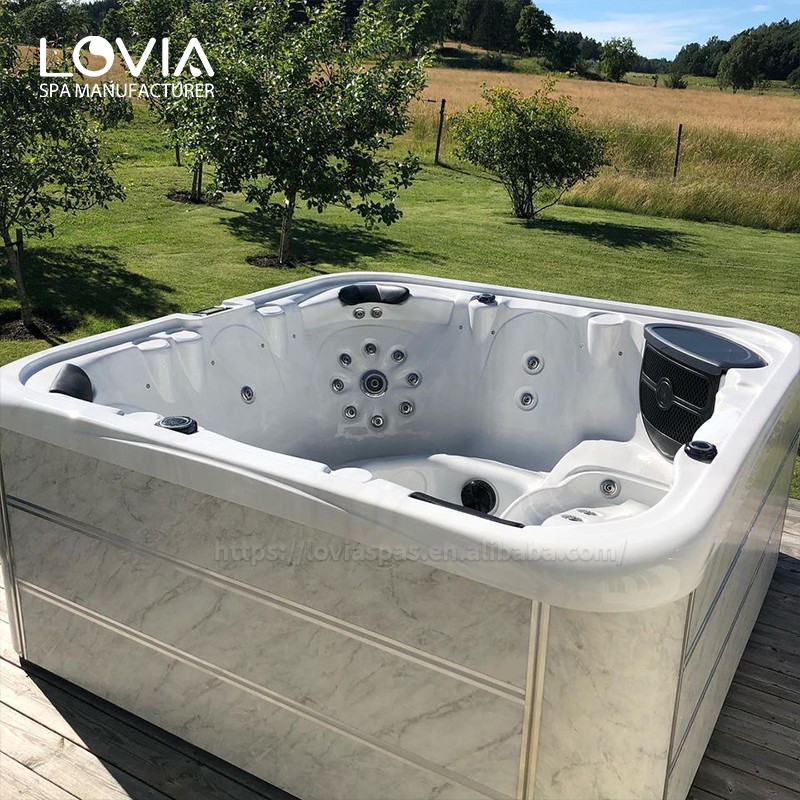
How to treat spa hot bathtub lung?
If you are unfortunately diagnosed with spa hot bathtub lung, timely diagnosis and treatment are crucial. Doctors usually confirm the diagnosis based on the patient's symptoms, history of spa hot tub use, and chest imaging tests (such as X-rays or CT scans). Treatment mainly includes:
· Stop using the spa hot bathtub: Avoid continued exposure to NTM aerosols to help relieve symptoms.
· Antibiotic treatment: If the infection is severe, your doctor may prescribe antibiotics to control the bacterial infection.
· Steroids: For patients with significant lung inflammation, steroids can help relieve symptoms.
Most patients will gradually improve after stopping the use of the spa hot tub. However, severe cases may require long-term treatment, especially if pulmonary fibrosis occurs.
Can I receive marketing support if I become your official partner?
Yes. We support our partners with a variety of marketing resources including product videos, high-resolution images, brochures, installation manuals, and promotional campaigns. If you're a distributor or brand owner, we can help co-develop localized promotional strategies to boost sales. Our goal is not only to supply spa products at competitive prices but also to help you grow your business with professional branding tools.


